Eugenics Exhibit
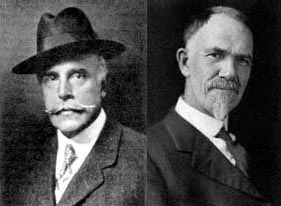
Galton Society
The Galton Society established by Charles Davenport and Madison Grant in New York City with a main focus on immigration restriction. Based on a form of nativism and racism, Davenport and Grand were concerned with the importation of radical thinking from foreigners. The society was convinced of white Americans anthropological and social superiority over immigrants.
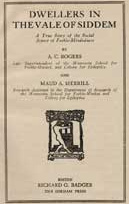
1919
Dwellers in the Vale of Siddem, A true Story of the Social Aspect of Feeble-mindedness, published by AC Rogers and Maud A. Merrill. Book examines causes of feeble-mindedness, with an emphasis on familial "in-breeding"
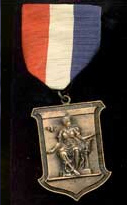
1920
First Fitter Family Contest held, " Presented By Authur Capper for Excellent Eugenic Showing 'Grade A' Kansas Free Fair." celebrates "a goodly heritage of well bred families, free of defects."
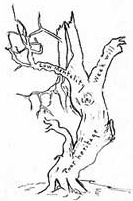
1920
New York State Legislature repeals sterilization laws.
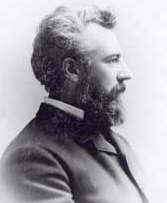
1921
Alexander Graham Bell was the honorary president of the Second International Congress of Eugenics.
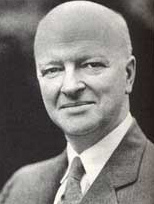
1922
Harry Laughlin publishes "Model Eugenical Sterilization Law" in his Eugenical Sterilization in the United States. This was the basis for the 1924 Virginia law that was upheld in the Supreme Court case Buck v. Bell 1927. His law was written to be extensively used and constitutional.
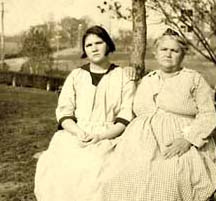
1924
Carrie Buck was a teenager who had become pregnant out of wedlock and labeled "feeble-minded." She was committed to the state institution at Lynchburg, Virginia in 1924 where her mother Emma was already living. After giving birth to a daughter Carrie was forcibly sterilized by the Commonwealth of Virginia of Virginia. At seven months of age her daughter Vivian was examined and was also deemed "feebleminded."
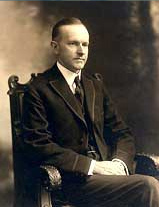
Calvin Coolidge
Immigration Restriction Act passed by President Calvin Coolidge. This legislation established immigration quotas on specific new immigrants such as Jews, Slavs and others from southern European countries. Incentive for the Act was to maintain a white Christian dominance in the United States.
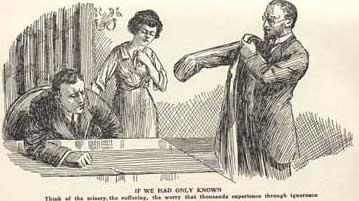
1925
Eugenics Society of America changes its name to the American Eugenics Society.
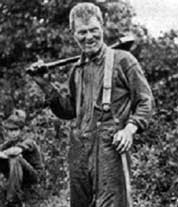
1926
Hank Hickory, who lived in rural Ohio, was one of the feebleminded characterized as "breeding at an alarming rate." He was described as being "so feebleminded he cannot count his own seven children." Hank and his family lived in a hovel and were the subjects of a 1926 Ohio report on the rural feebleminded: " The Hickorys are a type of the hundreds and thousands of feebleminded men and women who are at large in America and who are rapidly reproducing their own kink."
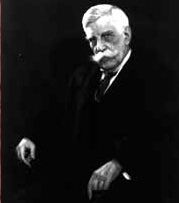
1927
Buck v Bell Supreme Court Case upholds the compulsory sterilization of defectives:" three generations of imbeciles is enough" In an 8 to 1 decision the Court legitimized Virginia's law on sterilization which was not repealed until 1974.
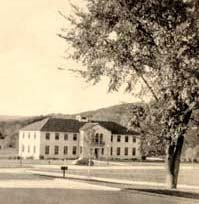
1930
Wassaic State School opens
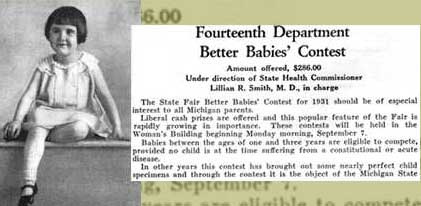
1931
Better Baby Contest at the Michigan State Fair, cash prizes awarded.
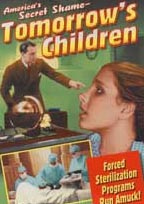
1934
\"Tomorrow's Children": a movie about the practice of sterilization in the United States. The heroine is from a poor family, which includes drunks, jailbirds, cripples and the deranged. In order to receive "welfare for life" the family must agree to be sterilized. After a dramatic confession that she is not a biological member of the family, the heroine is saved from surgical sterilization at the last moment.
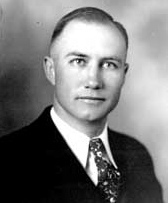
1935
South Carolina was the 31st and last state to pass a eugenic sterilization law. Sterilization was forced mostly on women and African Americans to prevent the birth of "unfit" children. Senator Strom Thurmond was influential in the passage of the legislation. The legislation was repealed in 1985.
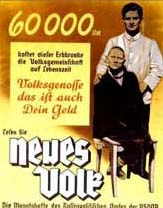
1939
The "T-4" program was initiated in Germany. Among the victims of this euthanasia program were individuals determined to be mentally defective. The rational is that they are a "burden."
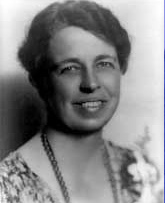
1948
United Nations adopts the "Universal Declaration of Human Rights." This statement declared that any man or women of age has the right to marry and have a family (procreate) regardless of nationality, race, or religion. Eleanor Roosevelt helped in the drafting of the declaration for adoption by the United Nations.
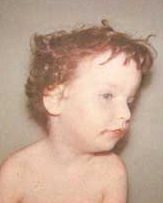
1961
Rubella vaccine licensed. During pregnancy "German measles" could result in mental retardation and other disabilities.
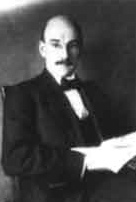
1908
Henry Herbert Goddard translates the Binet-Simon Intelligence Scale into English. The test was considered a precise indicator of intellectual ability.
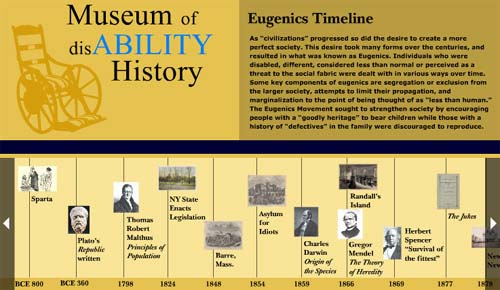
Eugenics Timeline
As "civilizations" progressed so did the desire to create a more perfect society. This desire took many forms over the centuries, and resulted in what was known as Eugenics. Individuals who were disabled, different, considered less than normal or perceived as a threat to the social fabric were dealt with in various ways over time. Some key components of eugenics are segregation or exclusion from the larger society, attempts to limit their propagation, and marginalization to the point of being thought of as "less than human." The Eugenics Movement sought to strengthen society by encouraging people with a "goodly heritage" to bear children while those with a history of "defectives" in the family were discouraged to reproduce.
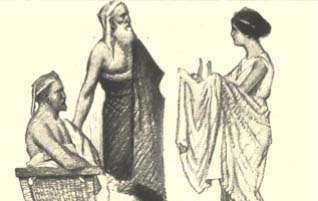
Sparta, BCE 800
Ancient Spartan society involved rule of the state in deciding whether weak children were to be reared or left to die.
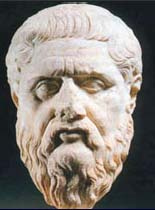
BCE 360
In Plato's Republic society is improved by the selective breeding of the superior "Guardians" and courageous warriors.
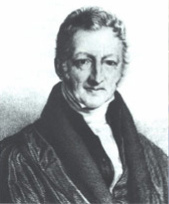
1798
Thomas Robert Malthus publishes Essay on the Principles of Population. Malthus believed that population would always increase faster than the means of providing sustenance. Those who could not be fed would die and those most capable would survive. Therefore, charitable organizations that fed the poor and other indigent classes were detrimental to the course of societal progress.
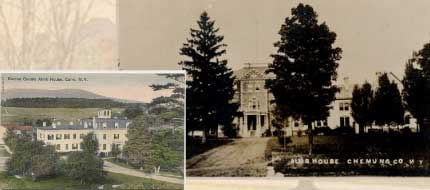
1824
New York State enacts legislation to establish almshouses in each county to provide " indoor care" for paupers. Among those in the almshouse population were " Lunatics, idiots, and epileptics."
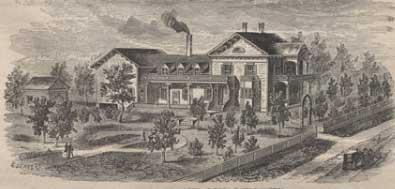
1848
Hervey B Wilbur opens his home as a private Institution for Idiots in Barre, Massachusetts
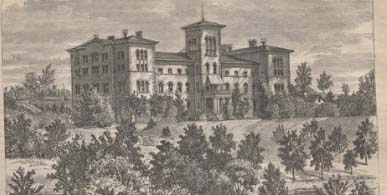
1854
The New York State Asylum for Idiots opens under the direction of Dr. Hervey B. Wilbur in Syracuse, N.Y.
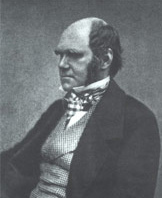
1859 Charles Darwin writes the Origin of Species
Darwin sets in motion arguments that define the concept of evolution in this piece based on his studies of the Galapagos Islands. This had many repercussions involving conflicts with religion and in the origin of man. His works would be discussed and interpreted in many different ways and approaches for years to follow.
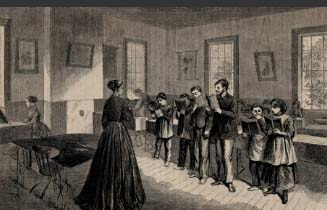
1866
Idiot Asylum at Randall's Island is constructed. An Idiot School is opened there in 1866.
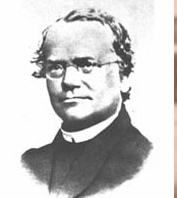
1866 Gregor Mendel published The Theory of Heredity
Gregor Mendel (1822-1884) was an Augustinian monk who taught natural science to high school students. Mendel's work with strains of peas became the foundation for modern genetics. His work was later rediscovered and breeding experiments were done that produced results in animals' traits such as fur and eye color, and in hardier and more productive crops.
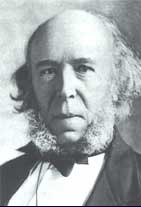
1869
Herbert Spencer (1820-1903) was a philosopher known for coining the term "survival of the fittest" in his work, Social Statics, published in 1851. Spencer is also credited with propelling and popularizing evolution especially relating to heredity. His major work on evolution predates that of Charles Darwin's.
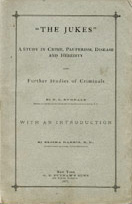
1877
The Jukes: A Study in Crime, Pauperism, Disease, and Heredity - Richard Dougdale (1841 - 83) a study on the hereditary degeneracy of an upstate New York family. This work emphasized the "defects" passed on through the generations and the costs that society incurred as a result.
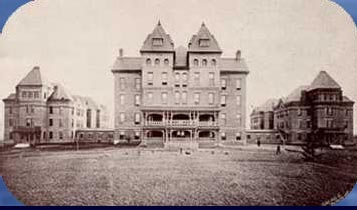
1878
The New York State Asylum for Freeble-Minded women of Child Bearing Age opens in Newark New York as an experimental branch of the Syracuse Asylum. This would be a facility for these "inherently promiscous women and their crime prone offspring."
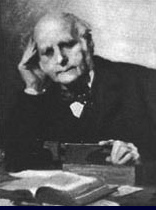
1885
Sir Francis Galton (1822-1911) was the British Psychologist who coined the term "eugenics" in 1883. Doctors, politicians, industrialists and social scientists would later embrace his theories on the inheritability of mental and moral traits. He advocated restrictions on the "breeding of the feeble minded," later codified into law. He also felt that intelligence varied by race, with Caucasians being of the highest mental ability. It is ironic to note that Galton himself had no children.
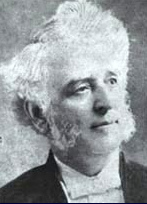
1886
John Langdon Down, (1828 - 1896), British doctor, was Superintendent of the Royal Asylum for idiots in Earlswood, noticed that certain idiots at the asylum had similar features. He referred to these individuals as "Mongols" which later gave way to "Mongolian idiots" "Mongoloids", and eventually "Down's synfrome" the genetic disorder that is also known as Trisomy 21.
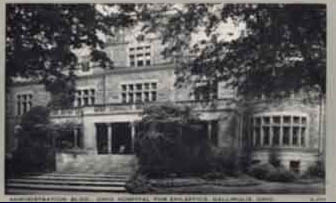
1893
Ohio Hospital for Epileptics opens, first institution specifically for epileptics in North America.
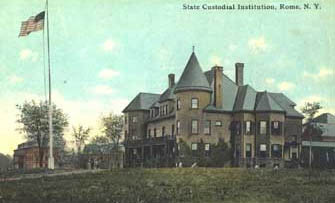
1893
State Asylum for Unteachable Idiots opens in Rome, New York.
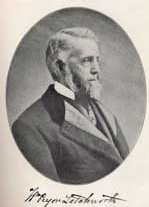
1896
The first patients arrive at Craig Colony for Epileptics, named after Oscar Craig of the New York State Board of Charities. William P. Letchworth was also pivotal in the establishment of Craig Colony as he energetically advocated for a more humane approach to the care of the society's dependent classes.
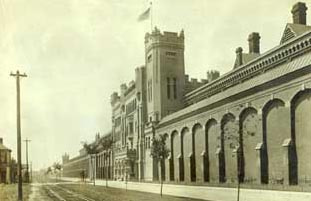
1899
Dr. Harry Sharp conducts vasectomies at the Indiana Reform School. The procedures were performed eight years before legislation was passed that legalized sterilization in 1907. Dr. Sharp was influential in the eventual passage of the first legal sterilization law in the United States.
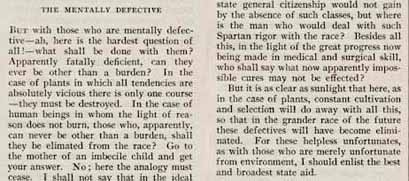
1907
First Compulsory Sterilization Law was passed in Indiana. The law included the sterilization of convicted criminals such as rapists and those labeled feeble-minded. In 1921 the law was considered unconstitutional but was again reinstated in 1927.
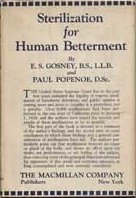
1909
California passes a eugenics law and is the second state in the Union following Indiana to pass a sterilization law. The state's law is considered one of the most severe. Those considered feeble-minded, prisoners displaying sexuality, and persons convicted of three crimes were forcefully sterilized. Prisoners would be later excluded but those placed in insane asylums were then added to the law.
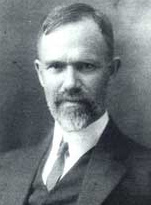
1910
Charles Davenport (1866-1944) was a biologist and well-known eugenicist. His work was directly influenced by the laws of heredity from Gregor Mendel's theories. Davenport became director of the Cold Spring Harbor Laboratory in New York and created the Eugenics Record Office there. He studied hereditary traits through several generations and thought it possible to predict certain traits mathematically. According to Davenport, traits and nationality were closely related concluding that people of different countries were diffenent in terms of evolution.

1911
First Better Baby Contest held at an Iowa State Fair Better Baby Contests soon grew in popularity and offered cash prizes for the healthiest baby. Babies would compete amongst each other in much the same way the livestock was judged with weight, measurements, and Apgar-style tests as criteria.
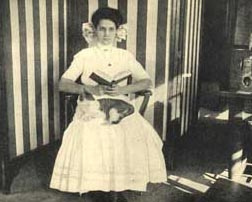
1912
Henry Herbert Goddard publishes The Kallikak Family: A Study in the Heredity of Feeblemindedness. Similar in nature to "The Jukes," it traces defectiveness from generation to generation. Although it was based almost completely on fiction, his work went on to become a best seller and is credited with the enactment of several sterilization laws.
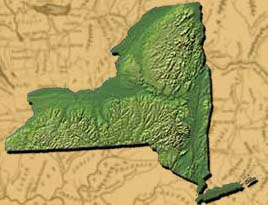
1912
New York State passes a law allowing the sterilization of "defectives." A Board of Examiners was established to investigate the mental and physical condition of those labeled, idiot, imbecile, beeble-minded or who were criminals. It was then determined if any of those examined had the potential to pass on their "defective" traits that they should be sterilized.

1912
First International Congress of Eugenics held in London at the University of London. This meeting brought together a number of well-known eugenicists and other prominent scientists such as Charles Davenport, Alexander Graham Bell and Winston Churchill. Issues discussed included legislation relevant to eugenics, heredity, history, segregation and sterilization of the "unfit."
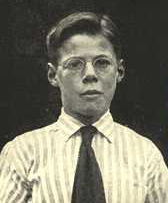
1914
Grant Hague publishes "The Eugenic Marriage" Personal Guide to the New Science of Better Living and Better Babies.
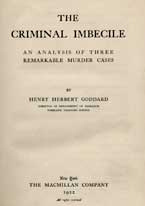
1915
Goddard published The Criminal Imbecile: An Analysis of three remarkable murder cases examples of imbeciles and the justice system.
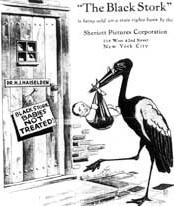
1917 Black Stork Movie
This feature film from 1917 was inspired by the actions of Dr. Harry Haiselden, a Chicago surgeon. He persuaded parents of newborn disabled babies to refrain from treatment, including surgery that could have saved the child's life. Issues of treatment were brought to attention of the public through several newspaper articles.
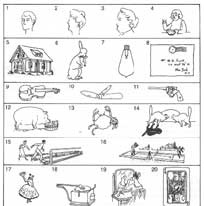
1917
U.S. Army administers Alpha and Beta IQ tests to 1.7 million recruits. The Alpha test was in written format inclusive of finding missing numbers in a sequence, analogies and sentence structure. Beta tests were given to those that failed the Alpha test or could not read.
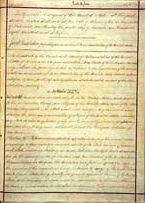
1918
New York State sterilization law found to be "unconstitutional." From 1912 untill 1918 the state preformed 42 sterilizations, all in the Western New York region. This procedure was preformed on patients in Western New York mental hospitals. The law was declared unconstitutional in that it violated the Fourteenth Amendment guaranteeing equal protection of the law.

